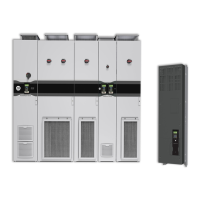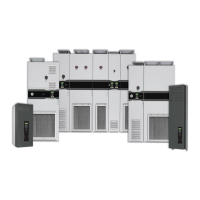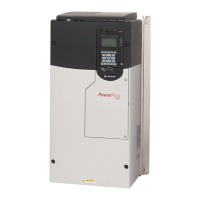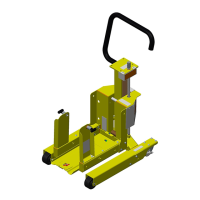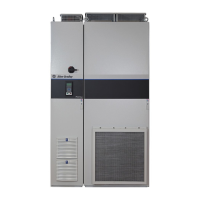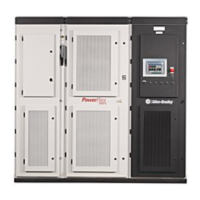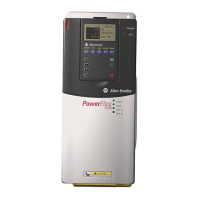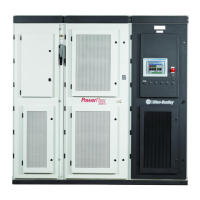298 Rockwell Automation Publication 750-TG100B-EN-P - June 2019
Chapter 11 Start Up After Repairs
• If applicable, verify that all fiber-optic cables are connected at both ends
and properly secured and supported by cable ties along their entire
length when routed between enclosures.
• Verify that all interconnection wire harnesses are connected at both
ends and properly supported by cable ties along their entire length
when routed between enclosures.
7. When service has been completed on the control pod, verify that all fiber-
optic, and control power and I/O wires are connected and properly
secured and supported by cable ties along their entire length when routed
between enclosures.
8. Continue with No-load DC Bus Voltage and Output Current
Measurements.
No-load DC Bus Voltage and
Output Current
Measurements
Follow theses steps to measure the DC bus voltage and output current and
diagnose problems without connecting the motor to its mechanical load.
1. Verify that the input power and ground wires are connected.
2. Verify that the AC line power at the disconnect device is within the rated
value for the drive or bus supply.
3. Verify that the control power voltage is correct.
4. Verify that the motor cables are connected.
5. Verify that the motor load is disconnected.
6. Energize the system. See Remove Power from the System on page 15
.
7. Measure the DC bus voltage and verify that the measured value is
displayed in port 0, parameter 3 [DC Bus Volts].
8. Start the system and increase the speed from zero to base speed.
9. Measure the system output current and verify that the measured value is
displayed in port 10, parameter 3 [Output Current].
10. Stop the system.
11. Reconnect the load to the motor before proceeding with drive startup.
For startup information see the PowerFlex® Drives with TotalFORCE™ Control
Programming Manual, publication 750-PM100
.
IMPORTANT
Minimum inside bend radius for fiber-optic cable is 50 mm
(2 in.). Any bends with a shorter inside radius can
permanently damage the fiber-optic cable. Signal
attenuation increases as inside bend radius is decreased.

